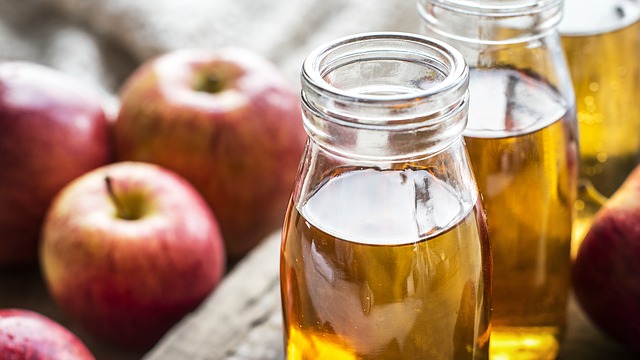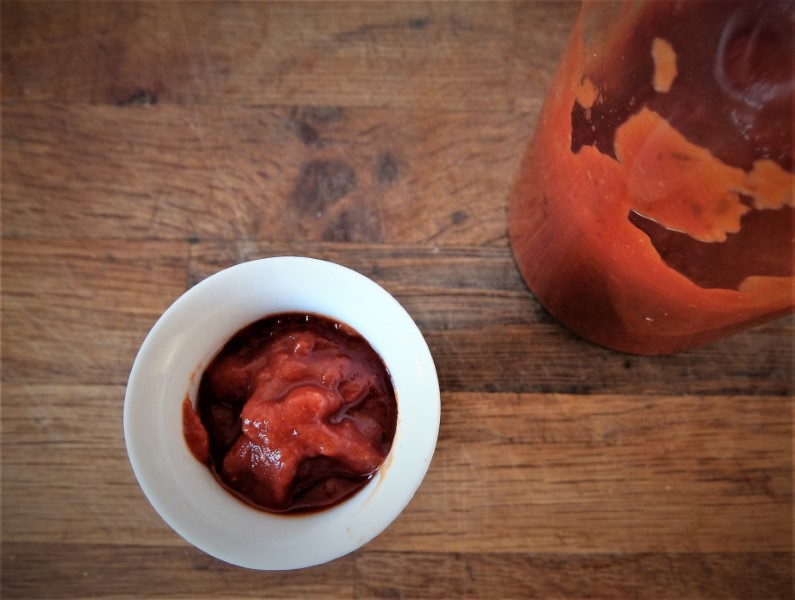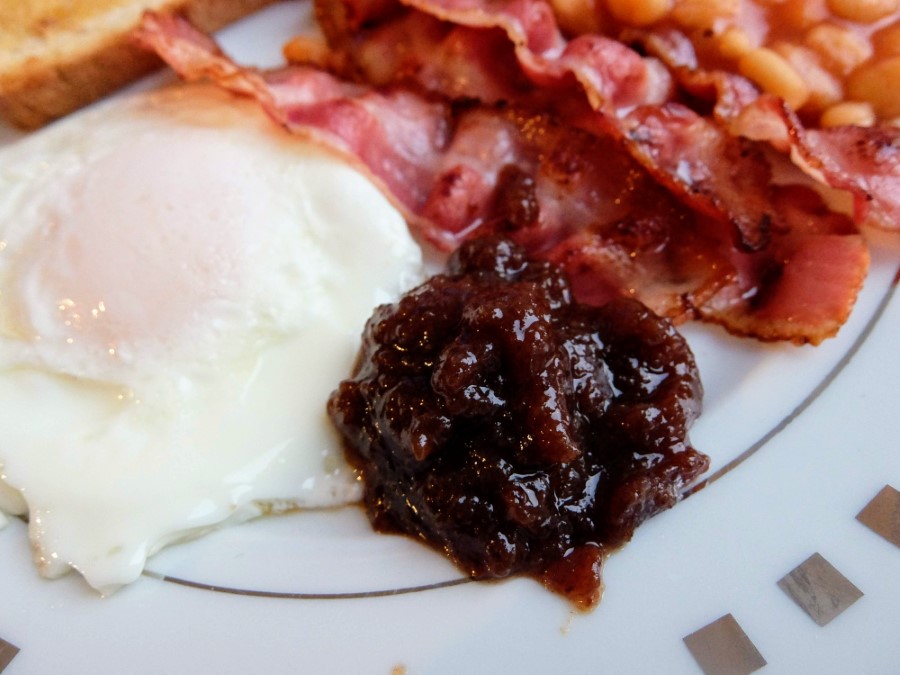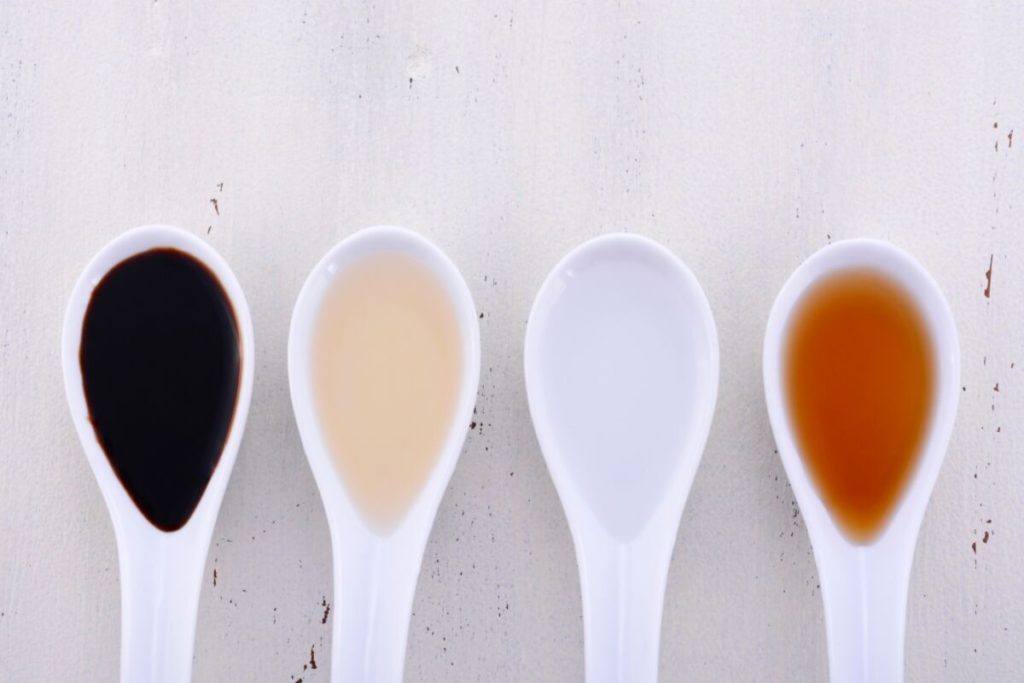Making vinegar involves making use of lots of microorganisms including bacteria without which we would not have many of the foods we take for granted. These microorganisms consist of yeasts, fungus and bacteria and the processes that occur are called fermentation. At different stages in the production of vinegar, there are different organisms or bacteria that are utilised. We will take a look at what bacteria are in vinegar throughout this article.
Table of Contents
Do All Vinegar Have Bacteria In?
Most vinegar available to buy in stores is pasturised before packaging. This means that it is extremely likely there won’t be any bacteria present at all.
There are brands, however, that sell unpasteurised and unfiltered vinegar. These types of vinegar are usually cloudy, have some sediment and may even contain a vinegar mother. These types of vinegar have bacteria in.
Bacteria In Vinegar?
Bacteria are not the only microorganism that is involved in the production of vinegar. At the start of the process of making vinegar, we first have to make alcohol and this requires yeast and in some vinegar such as rice wine vinegar, a mould is even essential to the process. First of all, let’s take a look at how vinegar is made so we can understand what bacteria will be involved.
How Vinegar Is Made With Microorganisms
To make any vinegar you first need alcohol. Think of any vinegar you might use in the kitchen and it is first derived from an alcohol:
- Red Wine Vinegar – Red Wine
- Cider Vinegar – Hard Cider
- Malt Vinegar – Beer without hops
- Rice Vinegar – Rice Wine
- Balsamic Vinegar – Wine
Alcohol is made by taking a sugary solution such as grape juice and fermenting it into wine with yeast. Once the wine is made the vinegar produce then has met the requirements for bacteria to come into play to make the vinegar.
Acetic acid bacteria are the primary bacteria that makes vinegar. They take the ethanol in wine and consume it and as a byproduct produce acetic acid. This acetic acid is what makes vinegar sour and acidic. The process involves a variety of different acetic acid producing bacteria and the process is another form of fermentation.
Different Parts of Vinegar Production Require Different Bacteria, Yeast or Mould
The first stage of making vinegar is to make a base alcohol, for example, wine or cider. All alcohol starts it’s production in the same way, with yeast.
There are several different types of yeast associated with brewing either beer, wine or cider so depending on the type of drink this could include:
- Saccharomyces Cerevisiae
- Saccharomyces Bayanus
- Saccharomyces Pastorianus
- Brettanomyces
After this first stage of fermentation, you have an alcoholic beverage, whether that is beer, cider or wine it doesn’t matter. The next stage involves bacteria and these are the bacteria that are in vinegar when you buy an unpasteurised bottle from the store.
Acetic Acid Bacteria In Vinegar
The main genus of bacteria in vinegar and the bacteria that turn alcohol into the acid in vinegar is acetobacters.
Acetobacter is a genus of bacteria that oxidise ethanol and produce acetic acid. When acetobacter begins the transformation of alcohol into vinegar. Any yeast or organisms present in the alcohol cannot survive as the acidity increases.
There are different strains of acetobacter that succeed each other during the process of acidification. Bacteria that are most common in a wine vinegar fermentation are among the following:
- Acetobacter Pasteurianus
- Acetobacter Aceti
- Acetobacter Cervisiae
- Acetobacter Malorum
Altogether these different types of bacteria as well as others all work together to produce different types of vinegar. Even though we think of vinegar as a strong acid that inhibits bacterial growth it is interesting to know that bacteria is crucial to its production.




